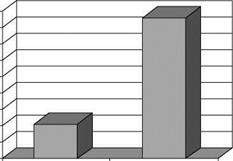In addition to flavonoids, plant extracts are a rich source of diverse compounds that are being explored to identify skin care bioactives.
It is clear that many anti-aging ingredients that are used cosmetically do provide appearance improvement benefits to the skin, but for others data supporting their claimed effects are not readily available for assessment. For the active ones, while the benefits
га
may be small, they are significant and do meaningfully improve skin appearance with continued use of the materials. It is difficult to quantitatively compare the magnitude of the effects among the various technologies since there are many variables across studies: the specific end points measured are often different (e. g., surface replicas vs. facial image analysis), equipment and method sensitivities vary, formulation types vary which can impact active delivery into skin, different body sites were used (e. g., forearm vs. face), clinical base sizes ranged from very small to large, etc. But it is reasonable to state that they are all less effective than a technology such as trans-RA. This simply presents an opportunity to identify more potent cosmetic materials.
While the benefits of current technology may be small, the magnitude can increase by combining materials, especially those with different mechanisms of action. For example, combining a vitamin B3 with a vitamin A (Fig. 13) or with a peptide (Fig. 14) leads to greater benefits than the individual materials. There is certainly opportunity to continue to explore this avenue.
There is ample room for exploration of new materials within the current classes of compounds (e. g., peptides) and in newer classes of compounds (e. g., flavonoids).
![]()
![]()
![]()
![]()
 E
E
E,
ЇІ
Considering the enormous diversity of compounds to be found in natural extracts, for example, the future possibilities seem limitless for identifying new active materials and mechanisms to improve the appearance of aging skin.
